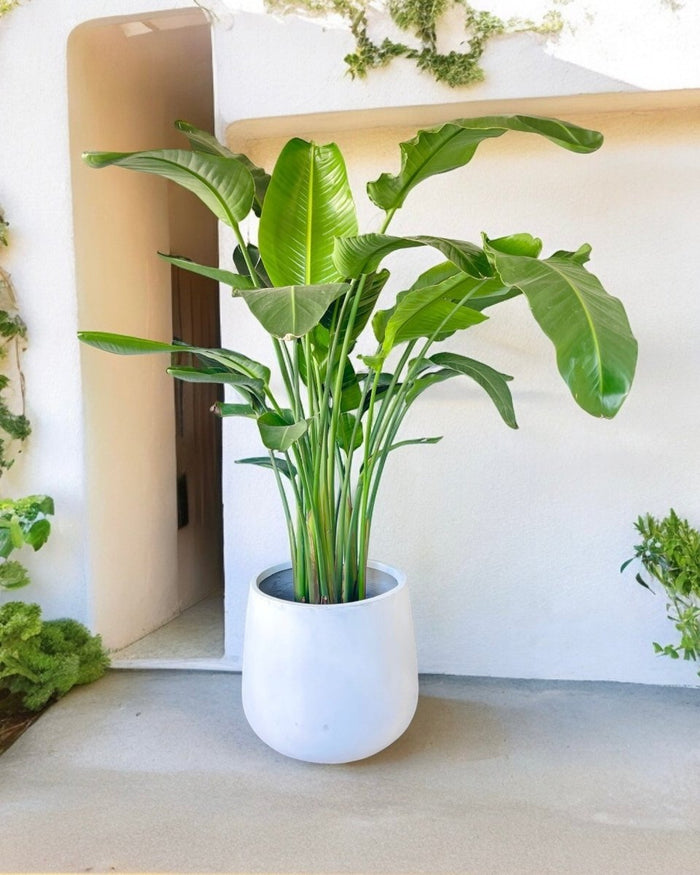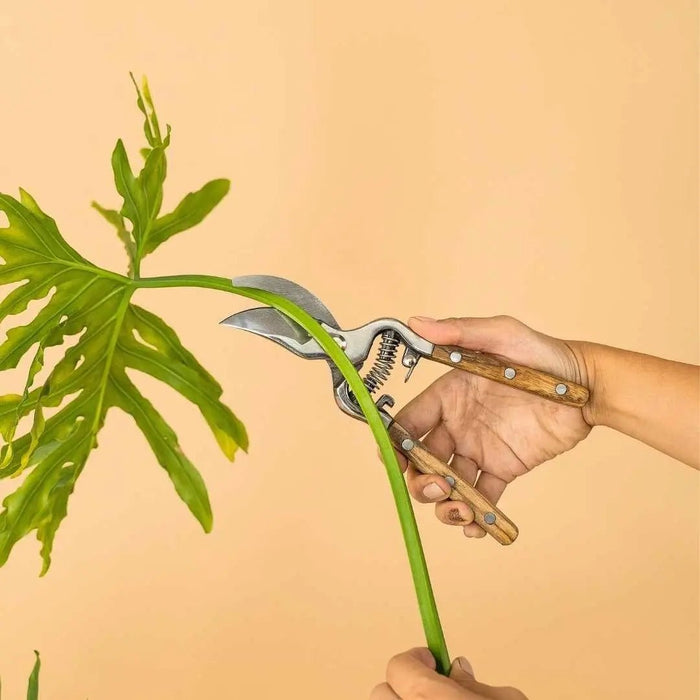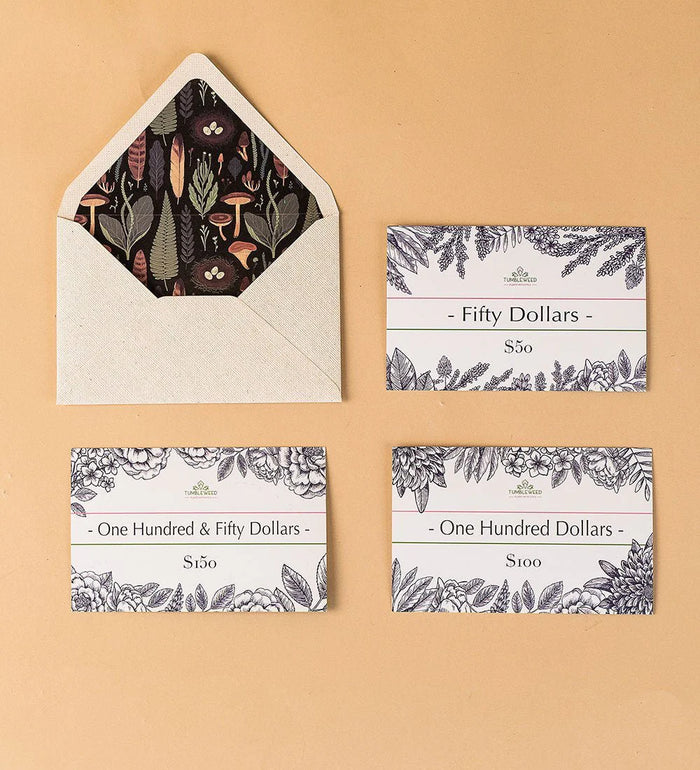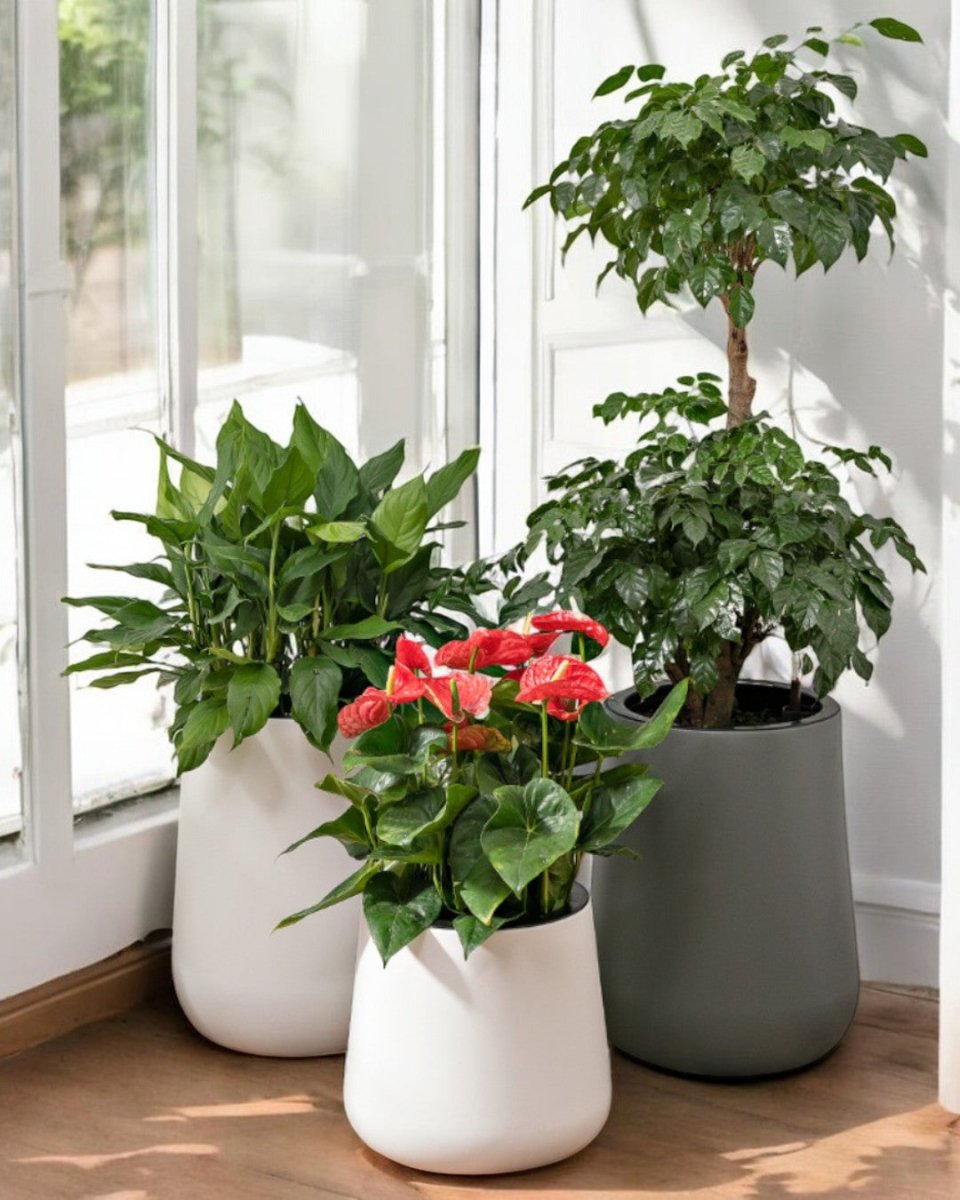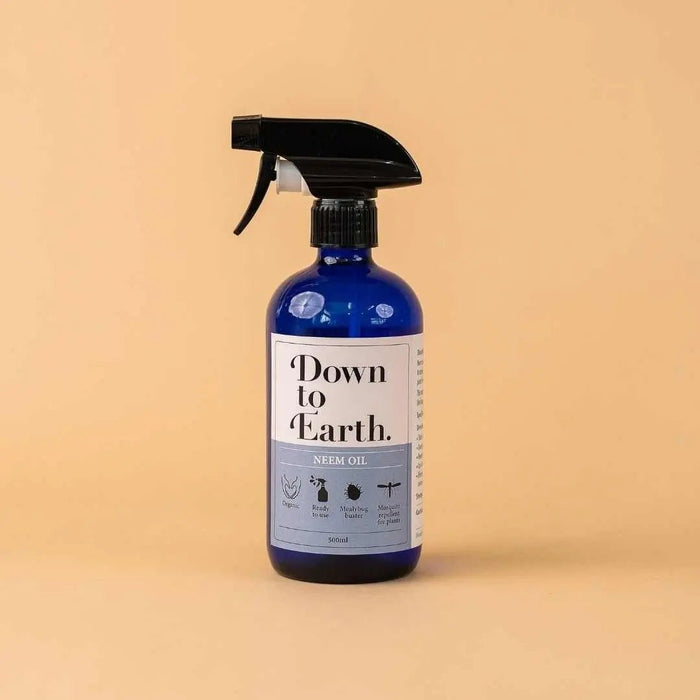How to water your indoor houseplants the right way - Part 3: UNDERWATERING
Posted on May 08 2021
In the third and final blog of our 3-part series on watering, we're talking about underwatering.
All too often, when we get a new plant, we are careful with giving it the best treatment; positioning it in the place with just enough light and we're mindful not to overwater it. However, taking a light hand to watering may cause your plants to dry out and at the same time develop shallow roots which may cause a myriad of other problems.
How to prevent underwatering
In the first post of this series, we talked about the right way to water
your indoor houseplants and some of the points will overlap here as well. These are a few points to keep in mind to prevent underwatering your plants.
- Always check the care instructions of the plant
- Always check soil condition to know how much to water
- Water your plants regularly
- Water deeply, not frequently (using a tray can be very helpful)
You can check out our previous post on How To Water Your Indoor Houseplants The Right Way – Part 1 for more detailed explanations.
Signs that your plant is underwatered
If you are reading this, you are probably looking for signs on how to tell if your plant is underwatered. Here are 5 signs that you can look out for:
Wilting and/or droopy leaves – This is the most classic sign that your plant will show if it is underwatered. A lack of water will cause the plant to lose turgor, which is the rigidity of cells and tissues due to adsorption of fluids, causing your plant to wilt. In most cases, as compared to overwatering, underwatered plants will wilt and have dry, crispy leaves instead of yellowing leaves. If you think that your plant may be overwatered instead, check out our previous blog post: How To Know If Your Plant Is Overwatered and What To Do – Part 2.
Brown leaf tips and edges – This happens when your plant doesn’t get enough water. If left alone, the leaves will eventually turn brown completely and drop. This may also be an indication that humidity is too low. Try boosting humidity by misting more frequently or using a pebble tray for plants that need it.
Dry Soil – If just by looking at the leaves, you are unsure whether the plant is overwatered, underwatered or is affected by something else altogether, check the soil condition. Remember to always check under the top layer of soil by sticking your finger or a bamboo chopstick 1-2 inches deep. If the soil is completely dry, the plant is underwatered (exceptions include cacti and succulents).
Soil pulling away from the edge – In addition to the previous point, if the soil is pulling away from the edge of the pot, the soil is definitely too dry, and the plant is underwatered. When the soil has reached this state, it is harder for the soil to retain any moisture despite regular and constant watering.
Stunted growth – As with overwatering, when the plant is underwatered, it also experiences stunted growth. It could be that there are no new leaves growing at all and/or the old leaves are dropping at an accelerated rate such that the plant is not growing more leaves.
Saving your underwatered plant
If your plant displays one or more of the signs mentioned above, it is definitely screaming (silently) for more water. It may seem difficult to nurse your plant back into shape, however, underwatering does not bring as many problems as overwatering does, and is actually quite simple to resolve.
Here are some steps you can take to bring your plant back to full health.
Assess the soil condition - Assessing the soil condition helps greatly in determining the next steps to take. If the soil is completely bone dry and visibly pulling away from the edge, repotting the plant in fresh soil would be the best option. When the soil is this dry, it is likely that none of the water would be retained at all and would just drain out from the sides. Just be sure to be gentle when repotting as the roots of the plant would be dry and brittle as well.
Give your plant a good soak - Your plant would really thank you for this. Watering deeply and thoroughly is enough, however, soaking your plants in a tray of water would really make sure that they have enough to drink. Just make sure not to leave it sitting in water for too long as it may in turn cause the roots to rot. If the soil of your plant is bone dry and repotting is not an option, soaking the plant in a tray every time you need to water it may help in loosening the soil and retaining moisture as well.
However, again, when the soil is at this stage, repotting the plant in fresh soil allows your plant to recover more quickly. For more details on how to soak your plants, check out our first post on watering: How To Water Your Indoor Houseplants The Right Way – Part 1
Keep a closer eye on your plant - It usually does not take long for your plant to recover from underwatering, however, do give more attention to your plant as it may require more water than usual within the first 2 weeks of recovery. Just remember to always check the soil moisture before watering again.
Adjust watering schedule and techniques - After your plant has recovered, make sure to adjust your watering schedule to ensure that the soil does not dry out completely again. Setting reminders on your phone is a good way to remind yourself without having to stress about it. Also, adjusting your watering techniques may help to prevent your plant from being underwatered.
Knowing how to water your plants effectively and knowing how much to water can seem difficult, but all this comes with experience. Nurturing plants is also a journey which is what makes it enjoyable. However, if you tend to underwater plants despite your best effort, try to get plants which are drought tolerant and less dependent on constant and consistent watering.








